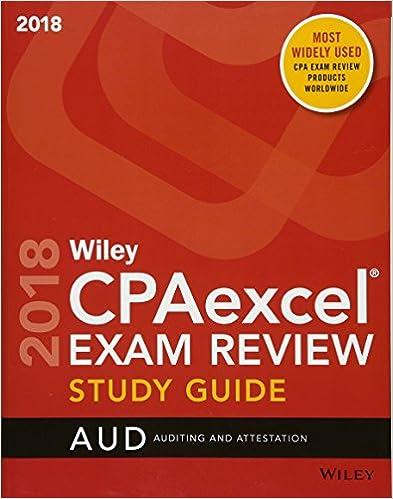Answered step by step
Verified Expert Solution
Question
1 Approved Answer
Minicase: Your uncle is retired and lives on the state pension and the interest he gets from his savings. As interest rates have been falling

Minicase: Your uncle is retired and lives on the state pension and the interest he gets from his savings. As interest rates have been falling continuously, his income from interest on his savings has dwindled to a mere 3 per cent a year on his savings of 200,000. He has approached you as a student of finance to advise him on how he can invest a portion of his savings in some corporate bonds to increase his interest income. You have conducted a basic survey and have identified three corporate bonds for your uncle to consider. The details are given below: A. Royal Ltd pays an annual interest of 7 per cent coupon rate and matures in 10 years. B. Moon Ltd pays 7.5 per cent annual coupon rate and has 15 years until it matures. C. Jupiter Ltd pays an annual coupon rate at 8 per cent and has four years until it matures. All three bonds have a 1,000 par value. You have collected data for the bonds' default risk and credit ratings. After your analysis, you have very different yields to maturity in mind for the three bond issues, as noted below. Before recommending any of the three bonds to your uncle, you perform a number of analyses. Specifically, you want to address each of the following issues: 1. Estimate an appropriate market's required yield-to-maturity for each of the bond issues using credit spreads reported in the following table: Page 1 of 2 2. Consider the selling price for each of the bond issues as given in the table above. Calculate the yield to maturity for each bond. 3. Given your estimate of the proper discount rate, what is your estimate of the value of each of the bonds? In light of the prices recorded above, which issue do you think is most attractively priced? 4. How would the value of the bonds change if the market's required yield to maturity on a comparablerisk bond (i) increases 3 percentage points or (ii) decreases 3 percentage points? Which of the bond issues is the most sensitive to changes in the rate of interest? 5. What are some of the things you can conclude from these computations? 6. Which of the bonds (if any) would you recommend to your uncle? Explain. Minicase: Your uncle is retired and lives on the state pension and the interest he gets from his savings. As interest rates have been falling continuously, his income from interest on his savings has dwindled to a mere 3 per cent a year on his savings of 200,000. He has approached you as a student of finance to advise him on how he can invest a portion of his savings in some corporate bonds to increase his interest income. You have conducted a basic survey and have identified three corporate bonds for your uncle to consider. The details are given below: A. Royal Ltd pays an annual interest of 7 per cent coupon rate and matures in 10 years. B. Moon Ltd pays 7.5 per cent annual coupon rate and has 15 years until it matures. C. Jupiter Ltd pays an annual coupon rate at 8 per cent and has four years until it matures. All three bonds have a 1,000 par value. You have collected data for the bonds' default risk and credit ratings. After your analysis, you have very different yields to maturity in mind for the three bond issues, as noted below. Before recommending any of the three bonds to your uncle, you perform a number of analyses. Specifically, you want to address each of the following issues: 1. Estimate an appropriate market's required yield-to-maturity for each of the bond issues using credit spreads reported in the following table: Page 1 of 2 2. Consider the selling price for each of the bond issues as given in the table above. Calculate the yield to maturity for each bond. 3. Given your estimate of the proper discount rate, what is your estimate of the value of each of the bonds? In light of the prices recorded above, which issue do you think is most attractively priced? 4. How would the value of the bonds change if the market's required yield to maturity on a comparablerisk bond (i) increases 3 percentage points or (ii) decreases 3 percentage points? Which of the bond issues is the most sensitive to changes in the rate of interest? 5. What are some of the things you can conclude from these computations? 6. Which of the bonds (if any) would you recommend to your uncle? Explain
Step by Step Solution
There are 3 Steps involved in it
Step: 1

Get Instant Access to Expert-Tailored Solutions
See step-by-step solutions with expert insights and AI powered tools for academic success
Step: 2

Step: 3

Ace Your Homework with AI
Get the answers you need in no time with our AI-driven, step-by-step assistance
Get Started


